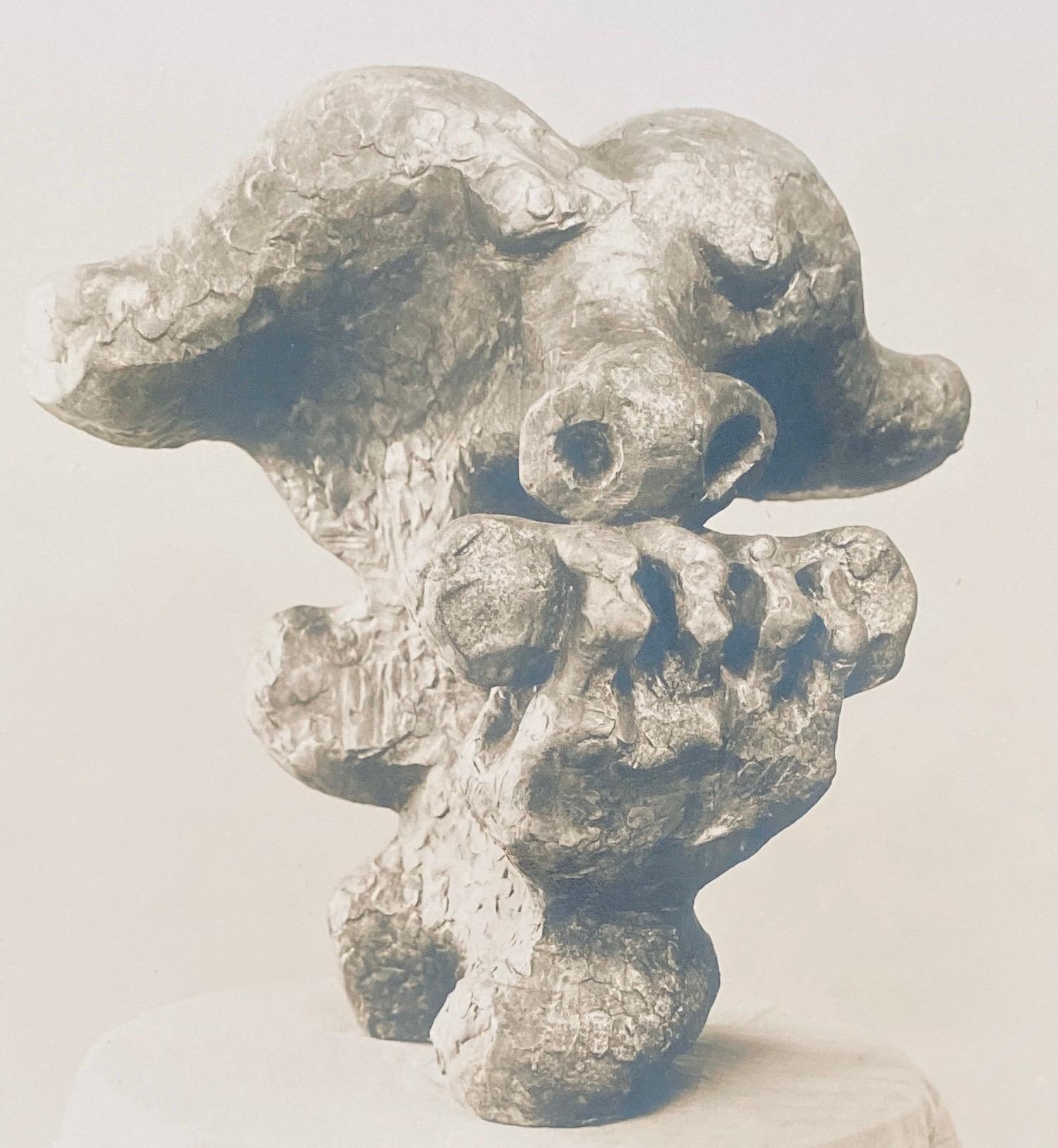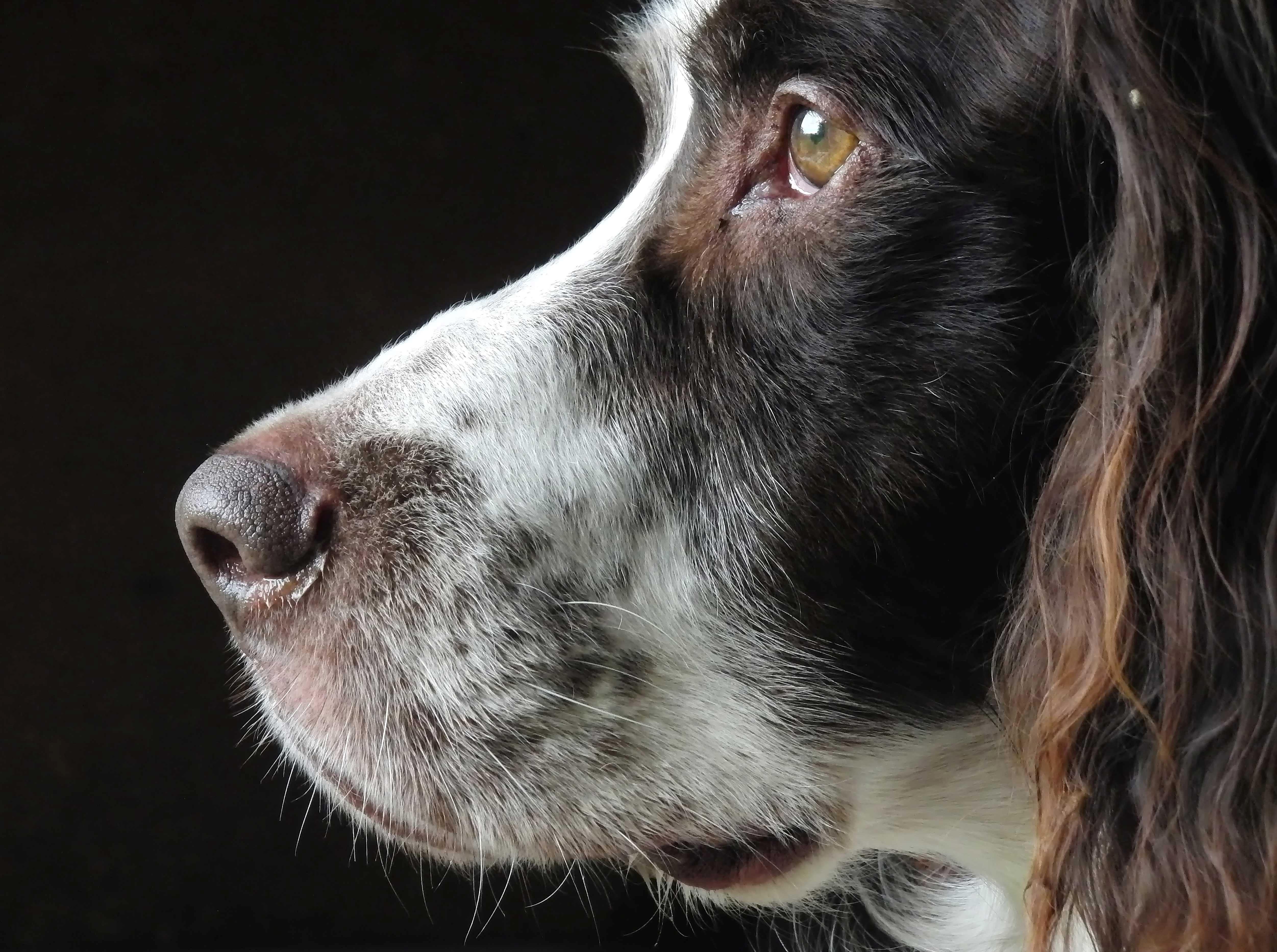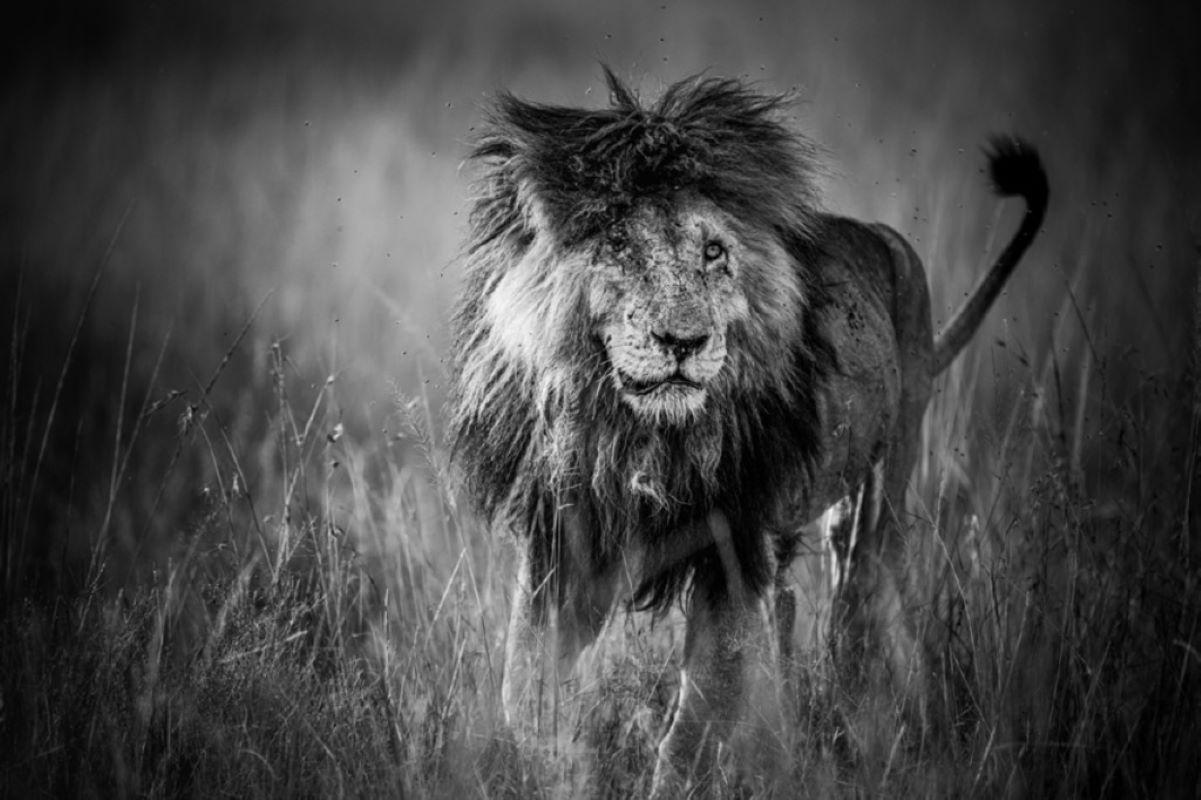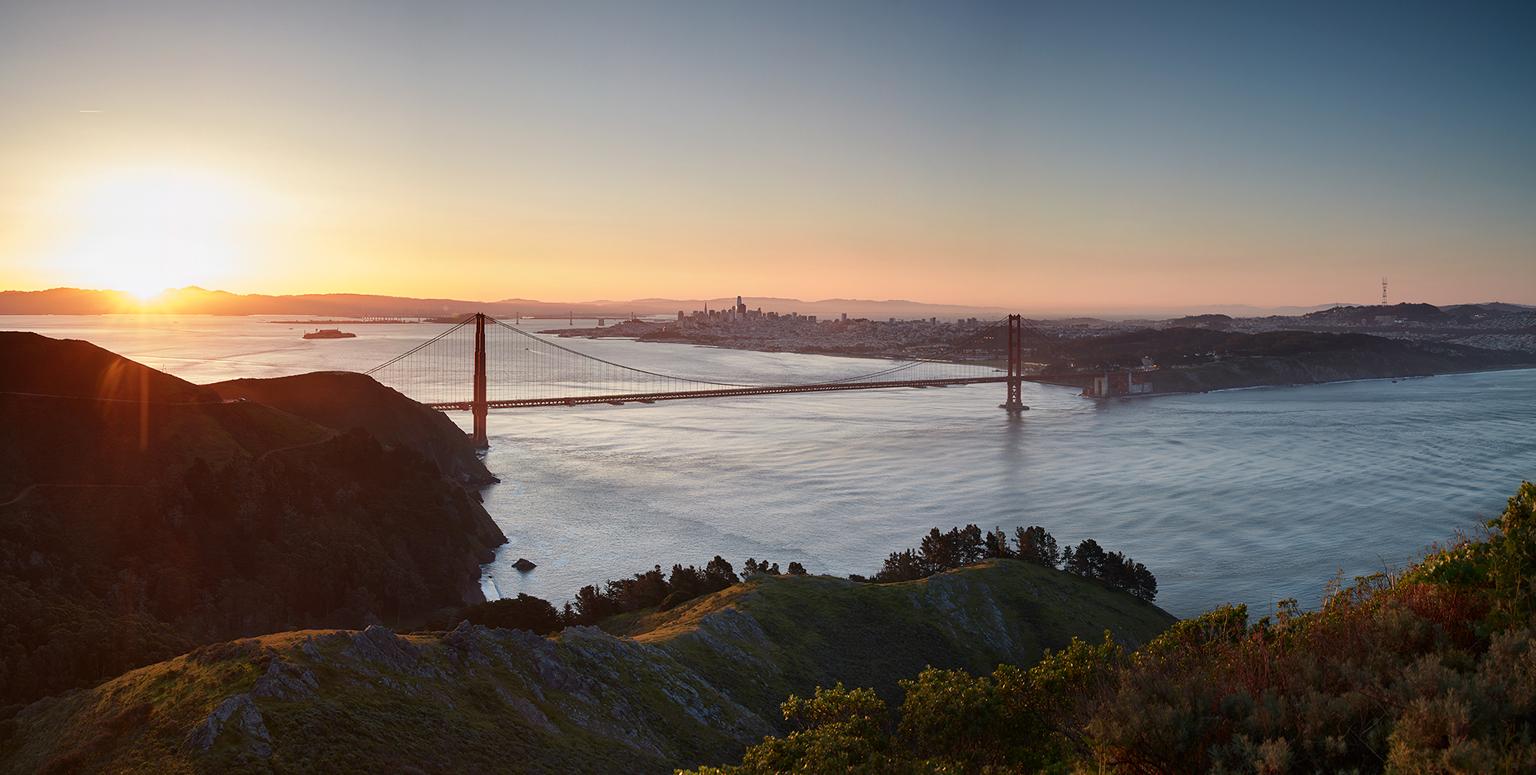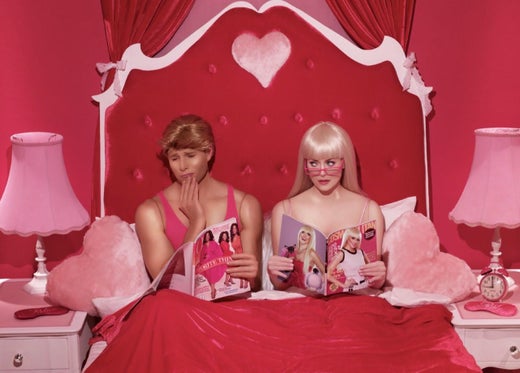Dina GoldsteinAriel (from the Fallen Princesses series)2009
2009
About the Item
- Creator:Dina Goldstein (1969, Israeli)
- Creation Year:2009
- Dimensions:Height: 42 in (106.68 cm)Width: 57 in (144.78 cm)Depth: 2 in (5.08 cm)
- Medium:
- Period:
- Condition:
- Gallery Location:Montreal, CA
- Reference Number:1stDibs: LU4767737742
Dina Goldstein
Dina Goldstein is an Israeli contemporary visual artist, born in 1969, in Tel Aviv, Israel and based in Vancouver, Canada. She is known for her conceptual and complex photographic work in a pop surrealist style. Her first major projects, In the Dollhouse and Fallen Princesses, were very successful. The Dollhouse is an exploration of beauty, power and sexuality through images, featuring a famous couple of overly perfect dolls, Ken and Barbie. Fallen Princesses takes an ironic look at the Disney princesses, imagining them in real-life scenarios, but with a less happy ending. Her third project, Gods of Suburbia presents a visual analysis of the place of religion and faith in today's world. In Last Supper, East Vancouver, Dina uses Leonardo da Vinci's famous mural to recreate L’Ultima Cena, the meal between Jesus and his apostles, in a street gang in Vancouver's Downtown Eastside. She was awarded the Arte Laguna special prize, in 2012 and in 2014, she won the grand prize at Prix Virginia.
- ShippingRetrieving quote...Ships From: Montreal, Canada
- Return PolicyA return for this item may be initiated within 7 days of delivery.
- Immersed In That One MomentBy Henri VenneLocated in Montreal, QuebecIn the digital age, we collectively photograph everything all of the time. But how much does anyone remember from a scene or a moment when looking at a digital photo? Someone could g...Category
2010s Abstract Abstract Photography
MaterialsPlexiglass, Photographic Paper
- I Wonder Will We Really RememberBy Henri VenneLocated in Montreal, QuebecIn the digital age, we collectively photograph everything all of the time. But how much does anyone remember from a scene or a moment when looking at a digital photo? Someone could g...Category
2010s Abstract Abstract Photography
MaterialsPlexiglass, Photographic Paper
- WiccaBy Dina GoldsteinLocated in Montreal, QuebecDina Goldstein is known for her conceptual and complex photographic work in a pop surrealist style. Her first major projects, In the Dollhouse and Fallen Princesses, were very succes...Category
2010s Contemporary Figurative Photography
MaterialsPhotographic Paper
- Perceptible Changes Over TimeBy Jessica HoustonLocated in Montreal, QuebecIn Jessica Houston’s Afterward, Silence (Franklin’s Crewmen’s Grave, Beechey Island) a single pale gravestone stands on an otherwise desolate ashen shore – a relic of Sir John Frankl...Category
21st Century and Contemporary Contemporary Photography
MaterialsPhotographic Paper
- SatanBy Dina GoldsteinLocated in Montreal, QuebecDina Goldstein is known for her conceptual and complex photographic work in a pop surrealist style. Her first major projects, In the Dollhouse and Fallen Princesses, were very succes...Category
2010s Contemporary Figurative Photography
MaterialsPhotographic Paper
- BuddhaBy Dina GoldsteinLocated in Montreal, QuebecDina Goldstein is known for her conceptual and complex photographic work in a pop surrealist style. Her first major projects, In the Dollhouse and Fallen Princesses, were very succes...Category
2010s Contemporary Figurative Photography
MaterialsPhotographic Paper
- Vintage Silver Gelatin Photograph Jacques Lipchitz Bronze Sculpture Photo SignedBy Adolph StudlyLocated in Surfside, FLAdolph Studly, Swiss born American photographer. His work is kept in the Photographic Archive at The Museum of Modern Art Archives, New York. He was known for his gallery photographs of works by artists represented primarily by the Buchholz gallery, Curt Valentin, and Stephen Radich Galleries. Artists whose work he shot include Max Beckmann, Francis Bacon, Chaim Soutine, Allan Kaprow, Clyfford Still, Georges Braque, Paul Klee, Henri Matisse, Picasso, Auguste Rodin, Georges Rouault. He worked with Louis H. Dreyer, the pre-eminent architecture photographer in New York City. Chaim Jacob Lipchitz, 1891-1973, was born in Lithuania and came of age in Paris during the early 20th century, where he was active in the avante-garde community of Pablo Picasso, Amedeo Modigliani, Diego Rivera, Chaim Soutine, and Juan Gris. Art historian H. H. Arnason, who ranked Lipchitz with Picasso and Marc Chagall, wrote, "Lipchitz, as a pure sculptor, is ...unquestionably one of the greatest sculptors of this century." The architect Philip Johnson asked Lipchitz to make a wall sculpture to be placed on the brick chimney over a fireplace of a guest house owned by Mrs. John D. Rockefeller III on West 53rd Street in New York. Lipchitz decided to develop the piece from his Pegasus designs and call it Birth of the Muses in honor of the Rockefellers' interest in the arts. In 1950 he completed the work as a bronze relief five feet high. It was installed as planned and later was acquired by Lincoln Center. He participated in the Flight portfolio...Category
1940s Modern Abstract Photography
MaterialsPhotographic Paper, Silver Gelatin
- "Phalco's Look” Spaniel, Romantic Dog Photograph with beveled plexiglass frameLocated in Charleston, USAlain Foussier, born in France living in the Netherlands, perfects the mood and spirit of Spaniel dogs with his portrait photography. His Spaniel dog a...Category
2010s Romantic Color Photography
MaterialsPhotographic Paper
- ScarfaceLocated in New York, NYInspired by her love for nature, Griet Van Malderen (Belgium, 1970), a self-taught wildlife photographer from Flanders in Belgium, has been exploring Africa’s wild places for the pas...Category
2010s Contemporary Black and White Photography
MaterialsPhotographic Film, Photographic Paper, Pigment, Archival Pigment, Digita...
- The LandlordBy David YarrowLocated in Denver, CODavid Yarrow has built an unrivaled reputation for capturing the beauty of the planet’s remote landscapes, cultures and endangered animals. Born in Glasgow, Scotland in 1966, he is n...Category
2010s Contemporary Black and White Photography
MaterialsPhotographic Paper
- Cindy's Shotgun WeddingBy David YarrowLocated in Denver, CODavid Yarrow has built an unrivaled reputation for capturing the beauty of the planet’s remote landscapes, cultures and endangered animals. Born in Glasgow, Scotland in 1966, he is now an internationally acclaimed fine art photographer and Europe’s best selling wildlife photographer. "You don't get a second chance to work withCindy Crawford, so there was obviously a little pressure. I took her to a place I know well -the ghost town of Nevada City,Montana as I hoped familiarity with the light and the angles would help me. I needed as many variables under my control as possible on an ambitious story line. The one thing we could not manage or predict was the weather and last week it was cold.If Cindy was outside her comfort zone with the temperatures so low and a big wolf as a companion, she did not flinch. She is professional, stoic and game and it was an honour to work with a true American idol. She sets a high bar on so many levels.It was a big effort for her to fly from LA to hang out with me and my team whom she had never met before and then work in freezing temperatures with some big wolves. She never complained and took no fee at all. Quite amazing.Proceeds from the sales of this image -Cindy’s Shotgun Wedding...Category
2010s Contemporary Black and White Photography
MaterialsPhotographic Paper
- Golden Gate Bridge ( 58 x 110" )By Frank SchottLocated in San Francisco, CAGOLDEN GATE by Frank Schott an epic scale photograph of iconic Golden Gate Bridge and San Francisco skyline in Northern California's atmospheric morning light 58 x 110 inches ( 147 ...Category
21st Century and Contemporary Contemporary Color Photography
MaterialsPhotographic Paper, Archival Pigment, Archival Paper, Giclée
